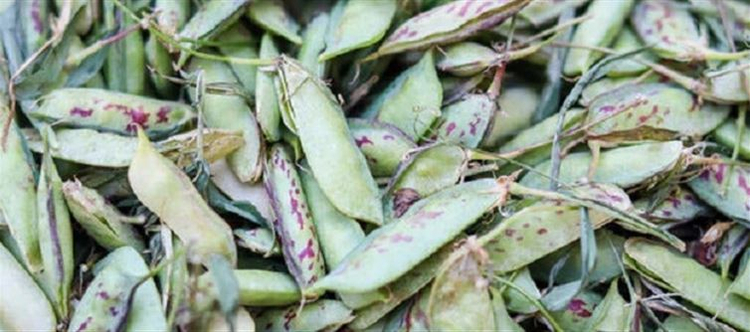
Pulses are rich in nutrients that give the body the nourishment it needs and help prevent several illnesses. Additionally, doctors recommend that pulses be a staple of the diet. The body receives incredible energy from the water of pulses. In this case, it can be said that eating pulses is very good for people, but did you know that there are also pulses that disable the body instead of nourishing it? Below the waist, the area becomes dead. We're going to tell you about a pulse that is so harmful to the body that it has been outlawed today.
Which Pulse is this?
The northern indian pulse known as Khesari dal, which grows readily in the fields, is what disables the body. This dal is made up of tiny beans, which are opened to remove the dal. This dal resembles Tur. Due to its low cost and ease of cultivation, this dal is also known as the dal of the poor. Lathyrus sativa, the scientific name for Khesari dal, is a pulse. Dal contains a substance known as beta-oxalyl amino alanine. Because many people experienced indications of impairment after consuming this dal, it was outlawed in 1961. This dal contains neurotoxins and several toxic acids that are extremely harmful to human health.
How do you become disabled?
As we have previously stated, Khesari Dal contains several harmful acids and neurotoxins. Eating this dal rarely won't hurt you, but if you eat it frequently, it will start to cripple your body. The body's neurological system is rendered numb by this drug. Its poison can also lead to conditions like arthritis. This is the rationale behind the ban on this dal. Now, though, there is a persistent call to remove the ban.
How much ODAP in dal
The protein content of khesari dal is 31%, while the hazardous ODAP (oxalyldiamino propionic acid) content varies between 0.15 and 0.35%. The hazardous chemical ODAP, which is included in Khesari Dal, is what disables people. A person won't become incapacitated, though, unless they use it frequently.
Benefits of Dal
Although khesari dal is bad for the human body, it can help with a lot of illnesses if taken in moderation. Consuming it resolves gastrointestinal issues. The eyes benefit greatly from this dal. It shields the skin from toxins. This dal gives the body energy and is high in iron and protein. The only thing to remember is that you shouldn't consume a lot of it.
Demand to lift the ban
This dal is no longer prohibited in Maharashtra. An expert committee comprising the FSSAI, the Council of Scientific and Industrial Research, the indian Council of Medical Research, and the indian Council of Agricultural Research suggested in january 2015 that the prohibition on the sale and storage of this dal be removed. The FSSAI suggested lifting the prohibition on low-ODAP variants in november 2015. The indian government declared in 2016 that the five-decade-old prohibition on Khesari dal would be lifted. Nevertheless, no official notice of the ban's termination has been given.
2023 UK research
To find and choose features for improvement and create a crop that is low-input, tolerant, climate-smart, high-protein, and suited for small farmers, UK researchers released a draft genome assembly in february 2023. Whether or not the pulses being sold in the market have lower ODAP is yet unknown, though.




 click and follow Indiaherald WhatsApp channel
click and follow Indiaherald WhatsApp channel